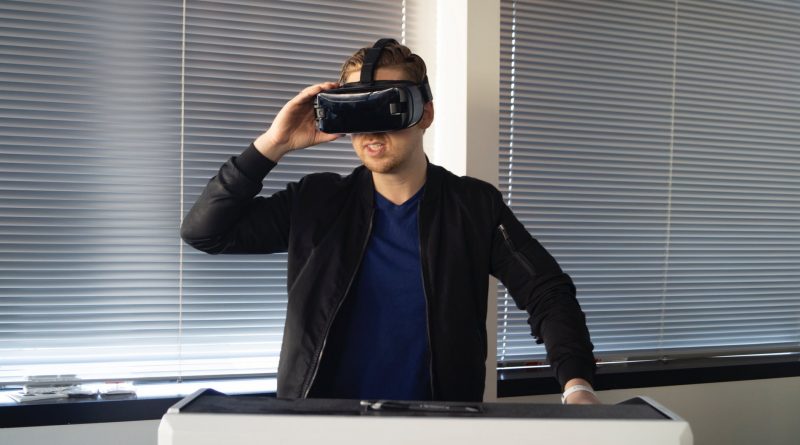BIM Predictions
BIM is turning into an increasingly viable platform for the construction industry. As such it is seeing greater adoption with each passing year.
Many technological disruptions have been projected for BIM in 2019. Here they are:
Beyond 3D
Companies are expected to transition to cutting edge 4D, 5D and 6D BIM software. 4D BIM provides a highly visual format of the construction program. 5D and 6D BIM add key metrics to bolster 3D BIM: materials and cost. New parameters are being included alongside conventional metrics. This will allow engineers to vary metrics to see their effects on construction costs. Acoustic and thermal properties, aesthetics and geometric details will now be included. 6D BIM is more strategic and long term in nature. These new versions will optimize construction ROI.
Internet of Things (IoT)
Installers and modelers will now function differently with IoT. Orders and modeling will now become more convenient with cloud based apps like Rexel Wholesale Connector and ABB Switch Range Configurator. With IoT it will be easier to transmit BIM data to modelers, suppliers and prefab workshops. Using updated data, design process can be directly executed with readily available products that can be directly transferred to construction site.
AR and VR will usher radical shift in construction. VR will become the presentation tool of choice to display building design to the client. VR headsets will be used for stunningly accurate 3D visual modeling. AR is also slated to become the next tool for executing clash testing. AR will bring in massive possibilities for remote management.
Modular Prefabrication and Construction
Greater attention will be given to prefabrication and modular construction in 2018. Modular construction reduces costs and speeds up construction. That’s because workshops prepare and assemble building elements prior to construction.
Prefabricating more MEP elements will be possible with the passage of time in addition to prefabricated floors and concrete walls. Workflows from installation to design and prefabrication are being streamlined and expedited, thanks to advanced software capabilities. These software tools allow faster assembly of components.
Greater Diversity in BIM Tools
An increasing number of products can now be altered according to client preferences. Modelers will be able to choose from a larger pool of available options. For instance, engineers tasked with installing valves will not have to rely on expensive software. There is a growing variety of all-in-one suites and packages that will provide much greater functionality for lower investment.
Mobile Apps
Mobile- based cloud applications will make an impact in 2019. Apps like Trimble Connect App already allow engineers to collaborate on all phases of the workflow from design to delivery. Engineering teams will have ready access to real-time data through their tablets, mobiles and computers. This will bring great advantages. Real-time data from design and construction can be viewed concurrently by several users. BIM models will be conveniently shared with the construction team at the construction site. The construction team will also be able to report and update quickly on project progress.




